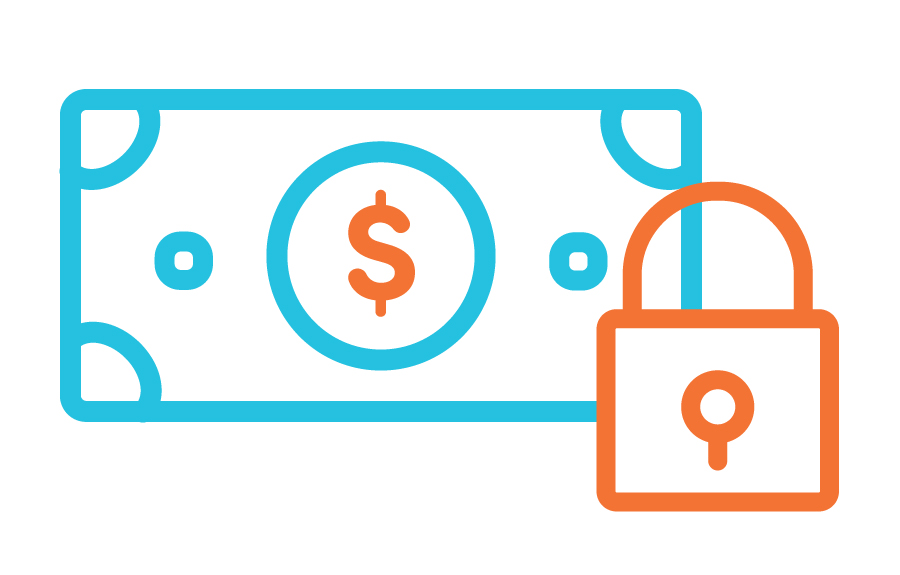
Every sales person knows that asking the right questions is perhaps the most important step in the sales process. The more your customer opens up about her needs, issues, priorities and motivating factors, the better chance you have of delivering a winning solution. Misinterpret what your customer wants or, worse, get it wrong because you didn’t ask the right question, and you’ll lose the customer – and probably your credibility.
Banking Industry Top Concerns
One of the priorities of any bank is reassuring customers that their money – and their information – is secure. No organization wants to make headlines as the next security breach. Additionally, banks are increasingly concerned with improving consumer retention and dynamics. In order to do so, organizations are increasing their use of big data, AI, advanced analytics and cognitive computing. In fact, a recent study found that 57% of organizations placed this trend as a top concern for 2018. With this increased focus on data and analytics, banks are relying more heavily on their network capabilities than ever before.
When you combine the need for data visibility with the security compliance requirements all banks face, SD-WAN with SD-Security are a viable solution. The next time you work with a new banking customer, keep the following questions at your fingertips to assist in uncovering needs and, ultimately, presenting winning solutions.
- Describe the number and types of locations that make up your network.
Dig in to the details of where their locations are and how they’re used. You’ll quickly get a sense of the scope of the opportunity and the size of the network. More importantly, you’ll uncover the types of bandwidth requirements at each location by identifying the location types, whether they include a data center, headquarters, or branch locations. You’ll also want to know the type of traffic they are experiencing; what types of applications are being used at each location and what function each location is performing. For instance, a data center or ATM location wouldn’t need phone service, while a branch location would. This information will help you design a comprehensive network solution. - How do you manage ATM and teller applications?
Initiate valuable conversations about bandwidth utilization, performance requirements and network security by discussing how your customers use and access these systems. For example, an application accessed via public cloud vs. one that’s housed locally or even at a data center could have different implications for the network design you ultimately recommend. - How are you currently managing network security to maintain GLBA FFIEC compliance?
The Federal Financial Institutions Examination Council (FFIEC) supports the requirement to protect consumer financial information that was established by the Gramm-Leach-Bliley Act of 1999 (GLBA). Security monitoring, managed firewalls, and managed intrusion detection and intrusion prevention are all components necessary for compliance. Talk to your clients about how they are maintaining GLBA FFIEC compliance to spark a discussion about network security. - How are you managing network security to maintain PCI compliance?
If banks issue credit cards, they must adhere to the payment card industry data security standard (PCI DSS). PCI DSS is a set of regulations to maintain the security of cardholder data. Maintaining compliance includes specifics around installing firewalls, creating passwords, protecting stored data and encrypting data transmissions. - To what extent has your organization moved resources and applications to the cloud? How do you see this changing in the future?
Banks, like many other companies, are moving their applications to the cloud. This presents challenges for IT leaders to ensure security and performance as applications rely more heavily on wide area networks and the Internet than in the past. A solution like Nitel’s Cloud Connection Service offers banks a direct, private connection to key cloud-based applications and resources. With this service, banking customers ensure the privacy of sensitive customer data and prevent application performance from suffering at the whims of the Internet. - What tools do you have at your disposal to understand the health of your network?
Depending on their current set up, reporting can be non-existent or so difficult to generate that it becomes useless. Learn the key metrics your customers rely on to make business decisions and hone in on the benefits of accessing that data with ease.
Partners: if you’ve worked with financial institutions before, what would you add to this list? What do you ask to get them talking about their Internet, data network, voice or security needs? Let us know in the comments.

